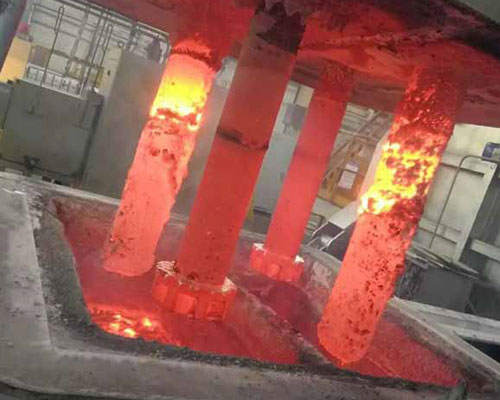At present, the rotating degassing method is the most widely used method.
In the process of smelting and casting of recycled aluminum alloy, the molten metal contacts the furnace gas and the atmosphere, and a series of physical and chemical reactions occur to generate gases and oxides. The gas and inclusions in the alloy ingot cause the ingot to produce peeling, delamination, and tearing during processing and deformation, and reduce the strength and plasticity of the metal or alloy. The absorbed gas will cause the sheet to bubble, resulting in the so-called “Hydrogen embrittlement” causing the material to fracture. Therefore, it must be degassed before aluminum ingot casting.
In the rotating degassing method, inert gas or active gas is introduced into the melt through a rotor of a certain shape. Relying on the high-speed rotation of the rotor to break up the bubbles. During the floating process of the bubbles, the hydrogen and solid inclusions are brought out of the melt surface by the principle of partial pressure difference and the principle of adsorption, so as to achieve the purification effect.

The rotor speed has an important influence on the bubble distribution area. When the speed is lower than 280 r/min, the bubbles are larger. As the speed increases, the affected area further increases. When the rotation speed is increased to 410 r/min, the bubble distribution area changes significantly, and the bubbles are distributed to the entire area. The bubble size has an important influence on the degassing effect. The smaller the bubble, the larger the total contact area with the melt. Metal degassing is mainly achieved by the diffusion of hydrogen in the melt into the bubbles. The increase in the contact area between the bubbles and the melt increases the degassing rate. In addition, the size of the bubbles also affects the residence time of the bubbles in the melt.

